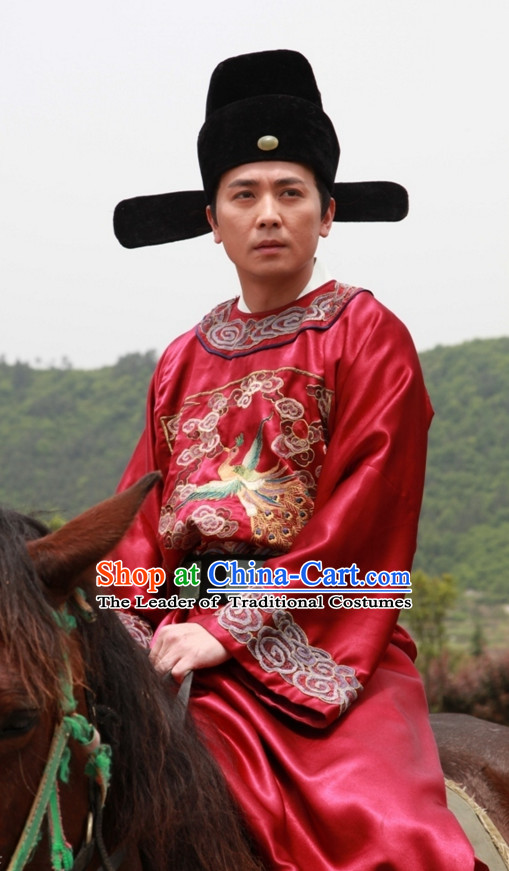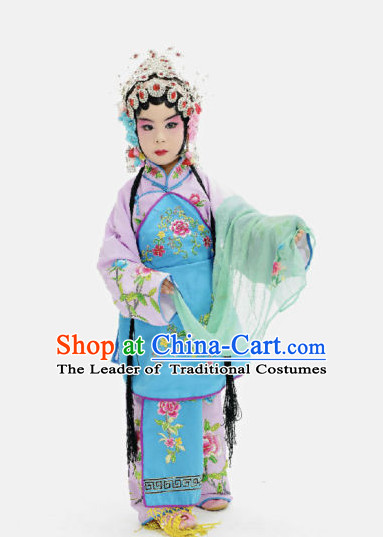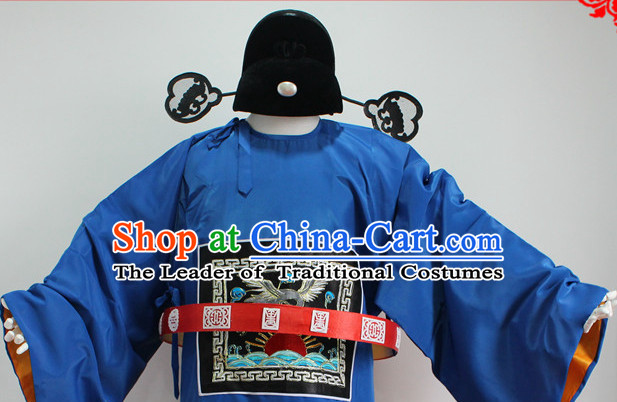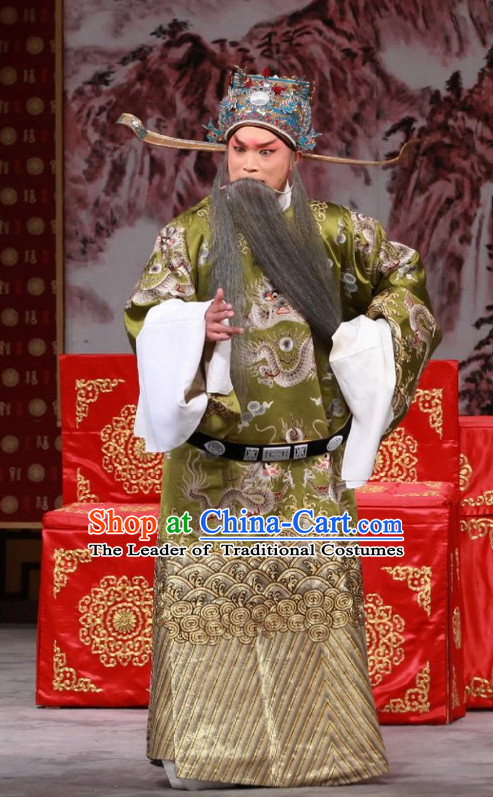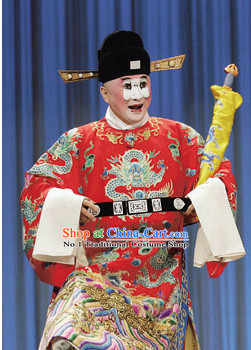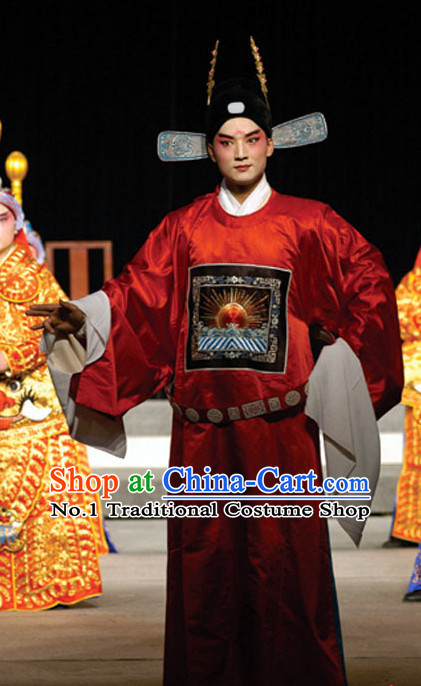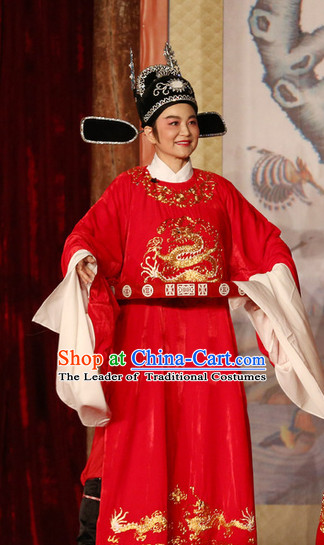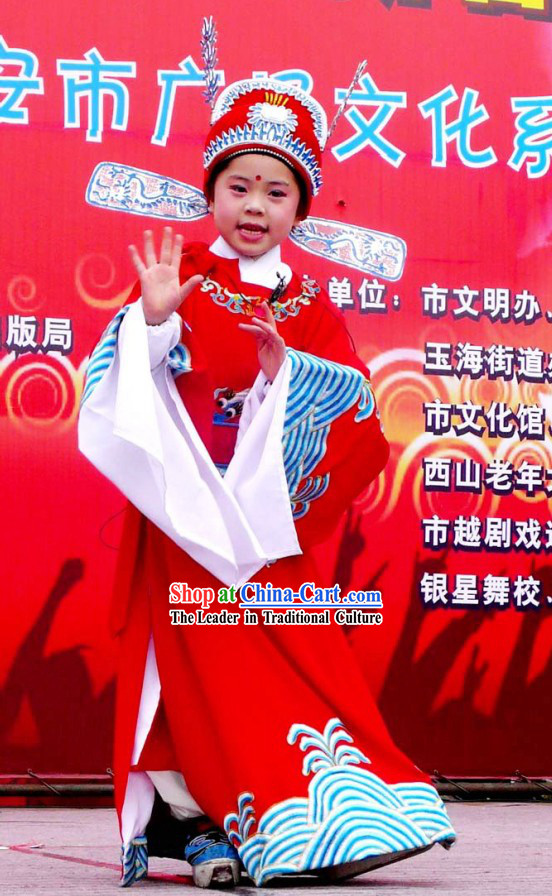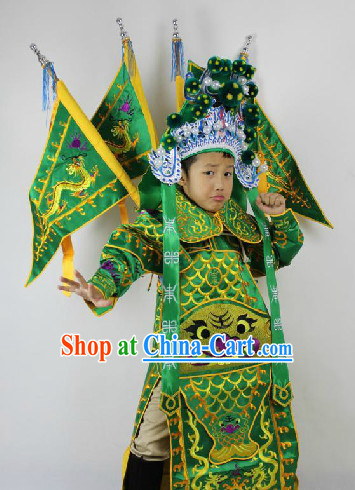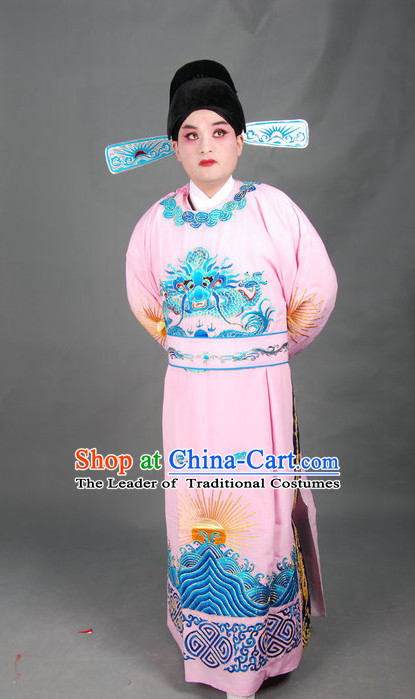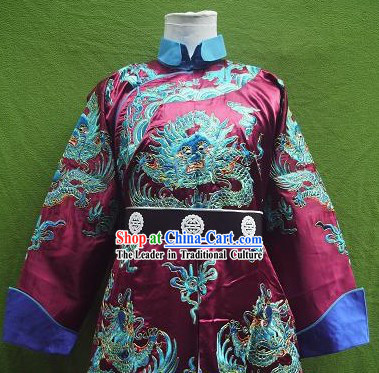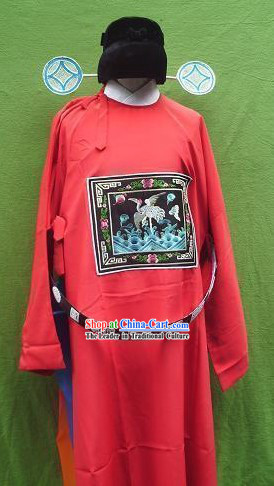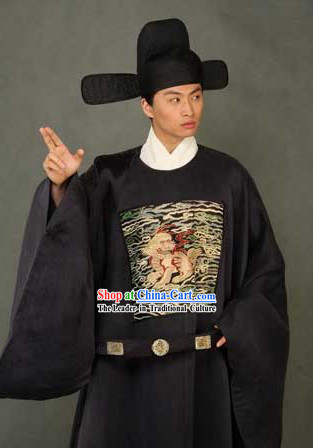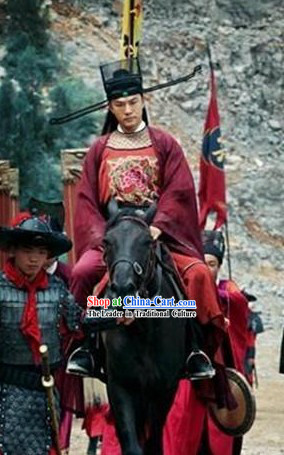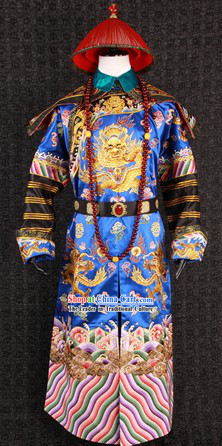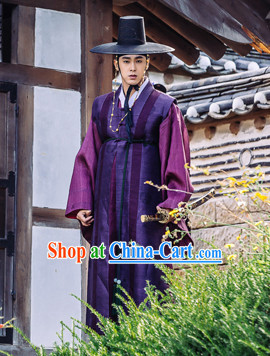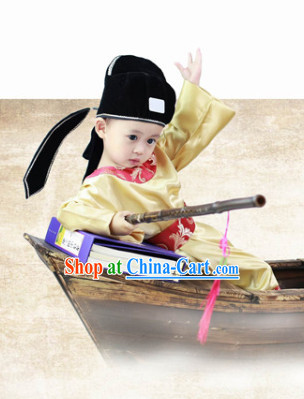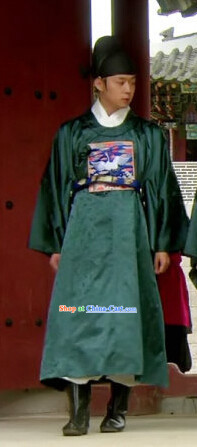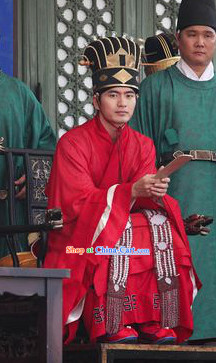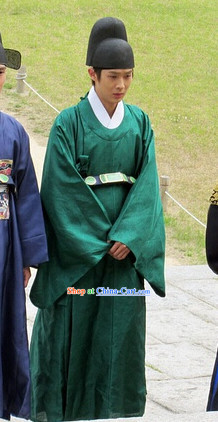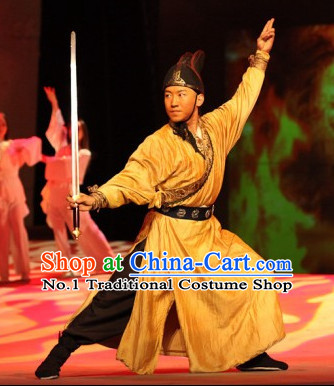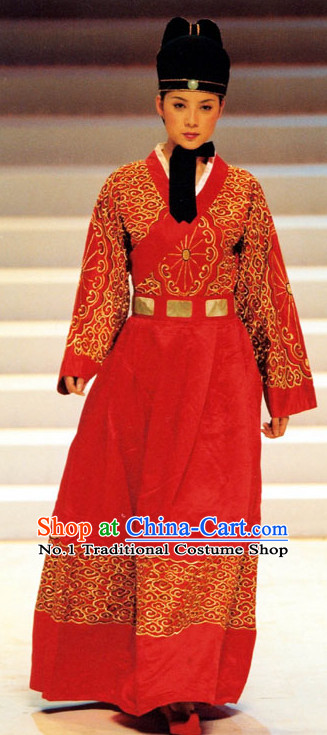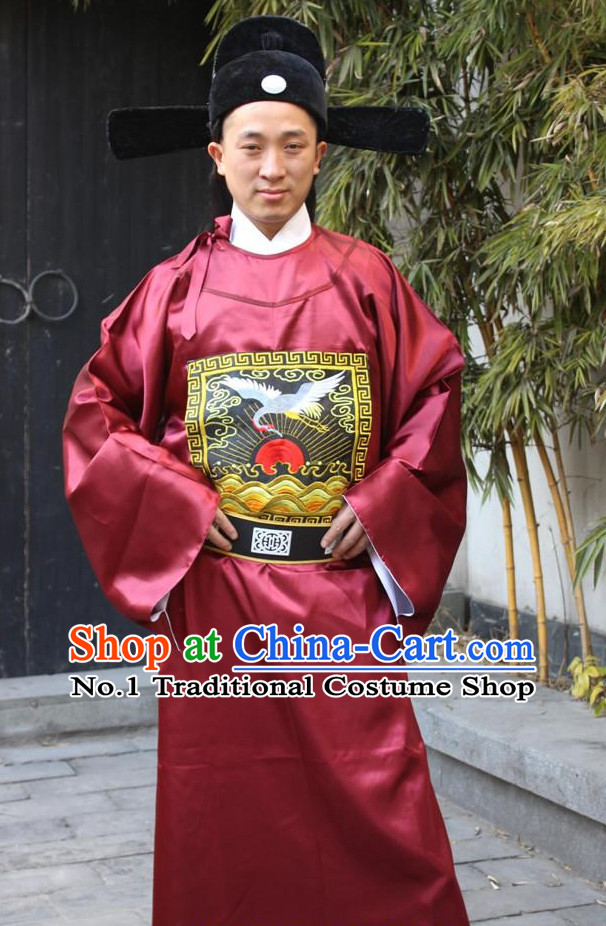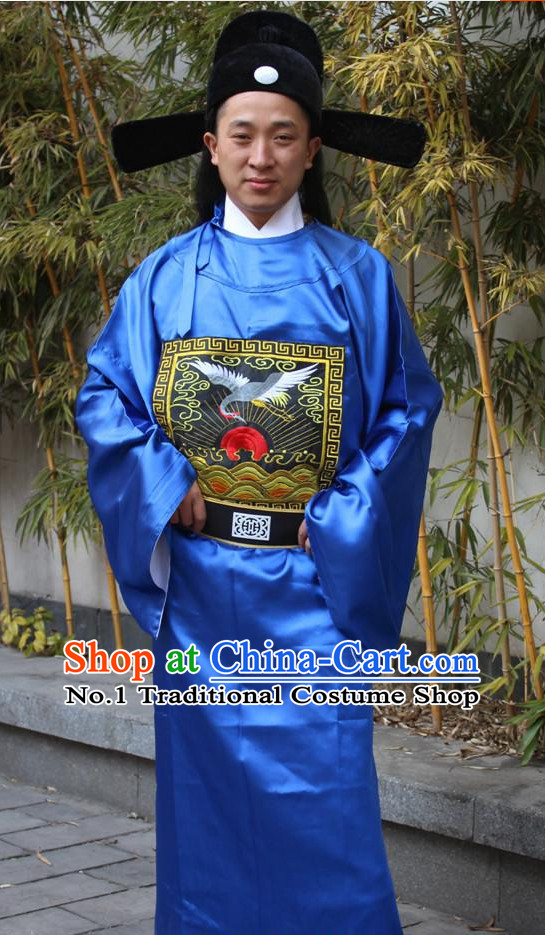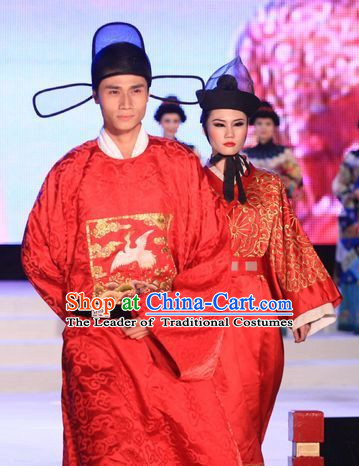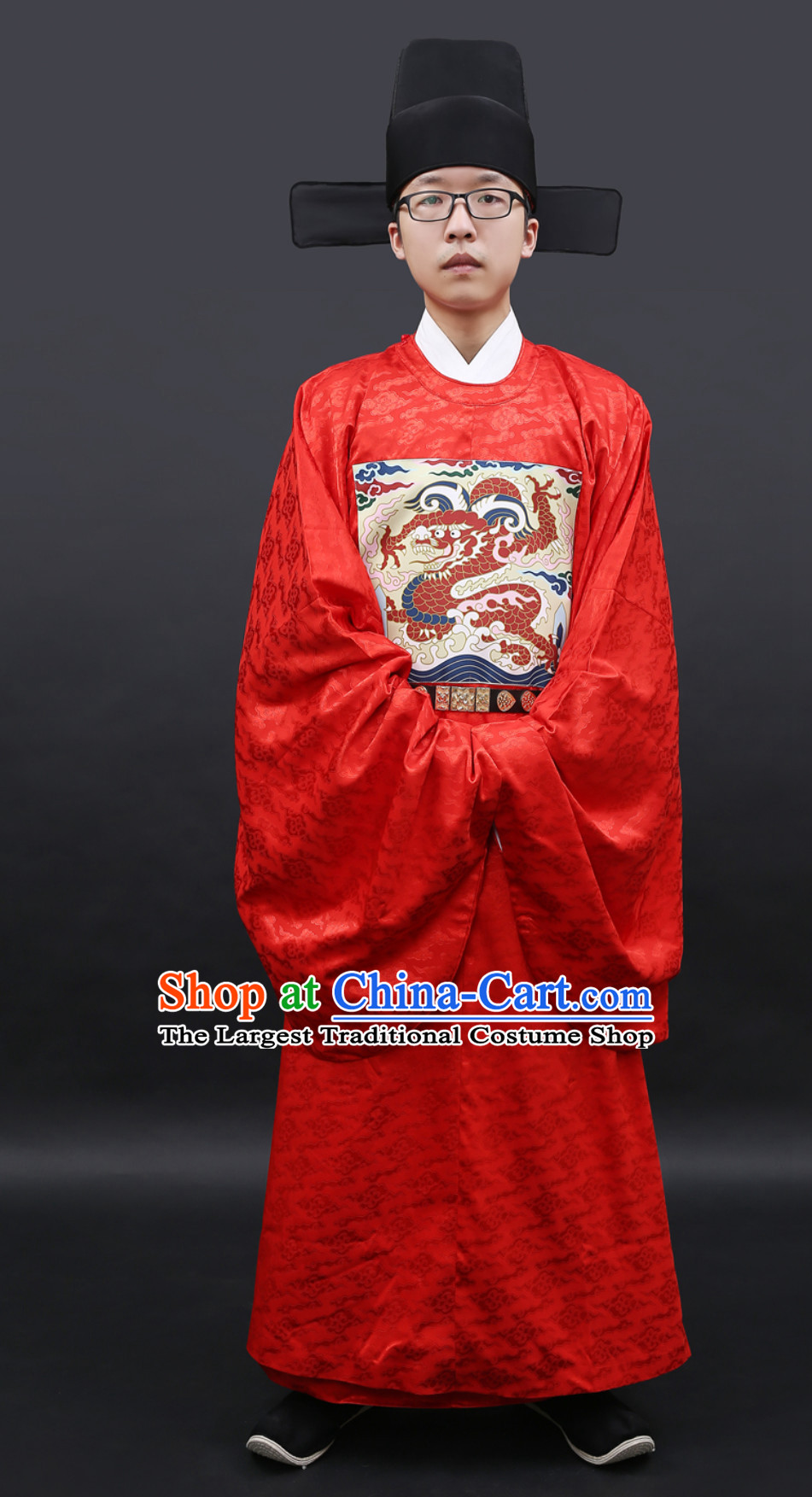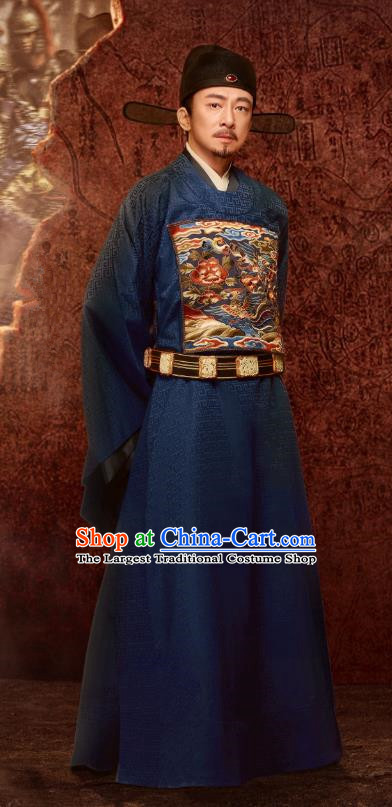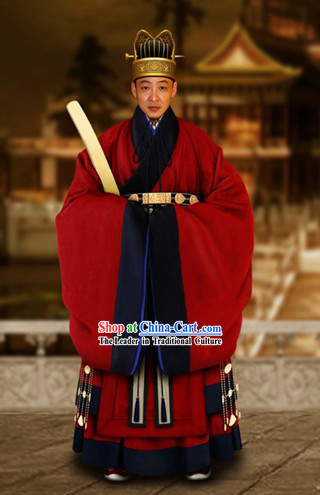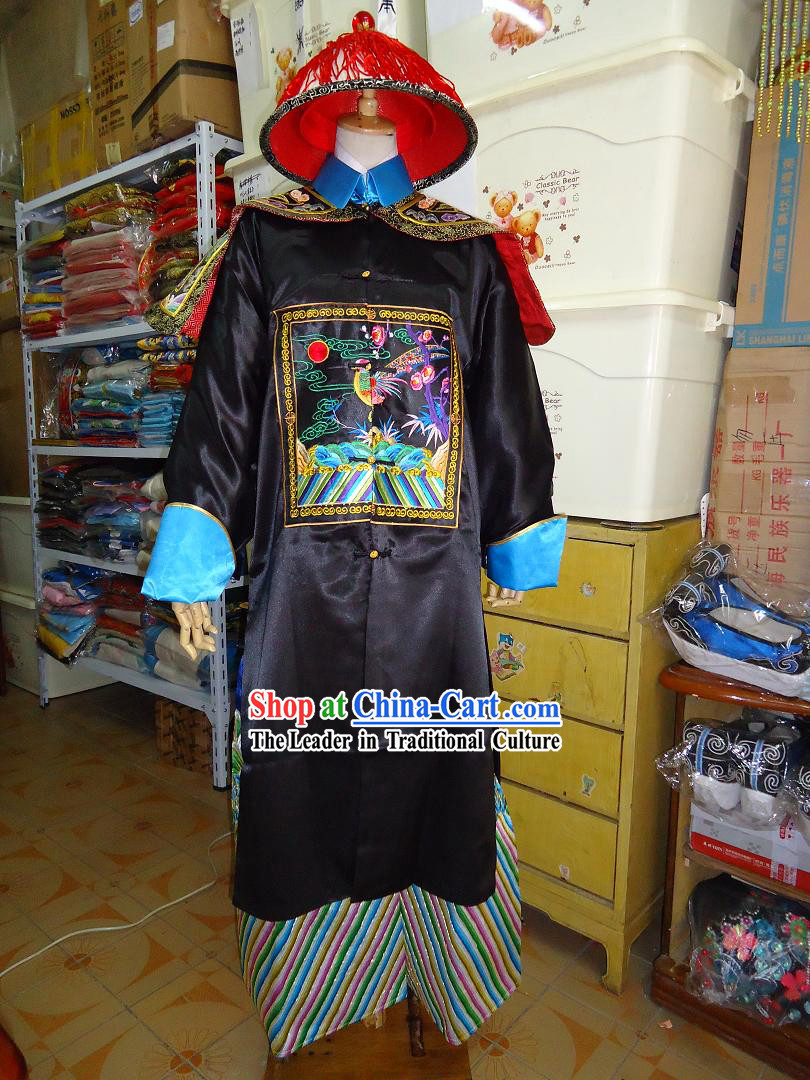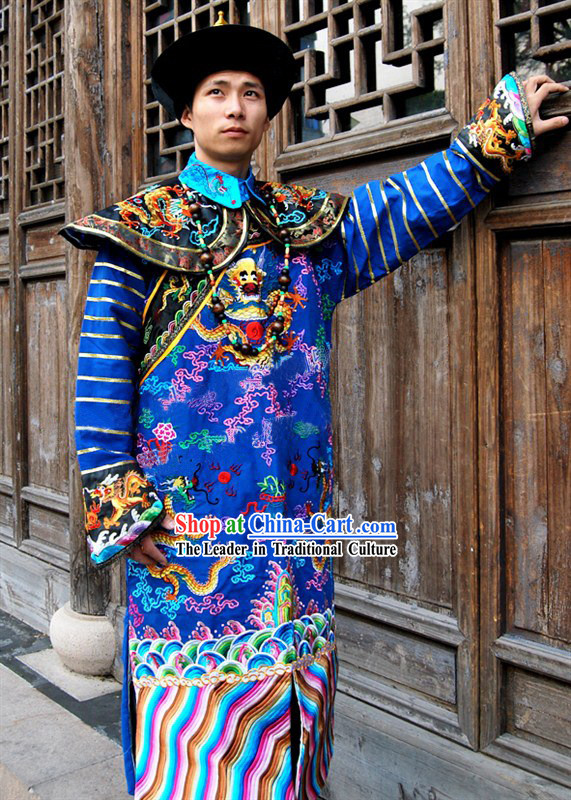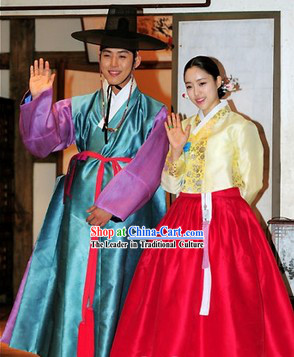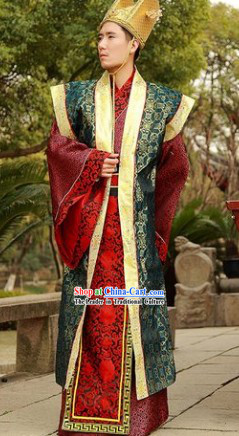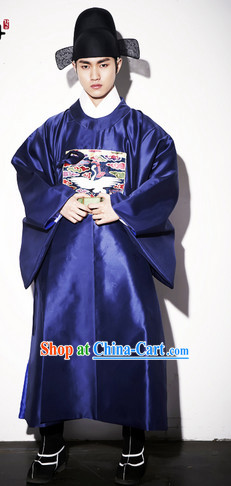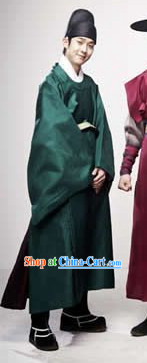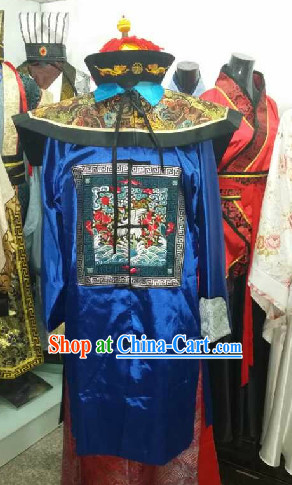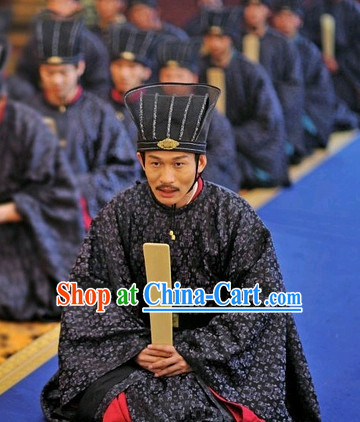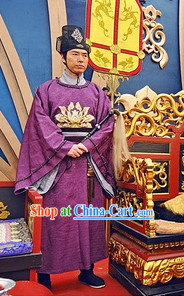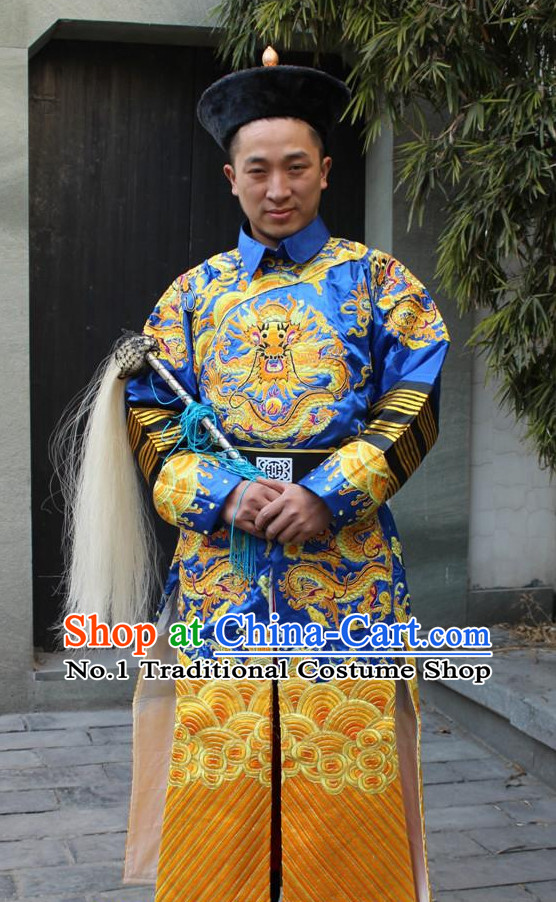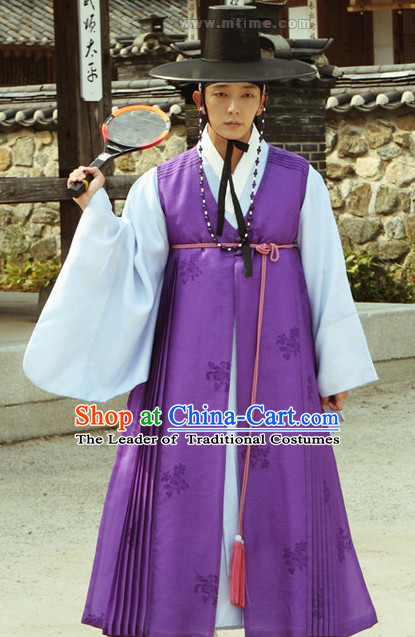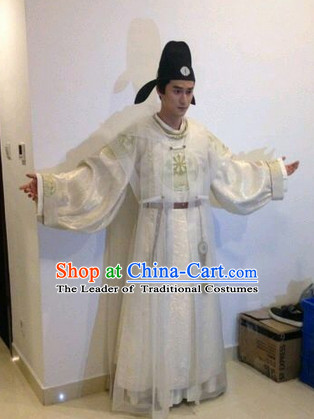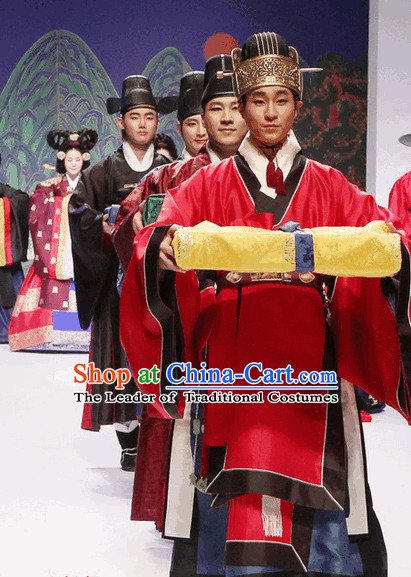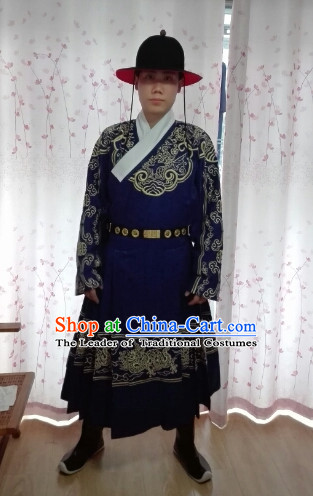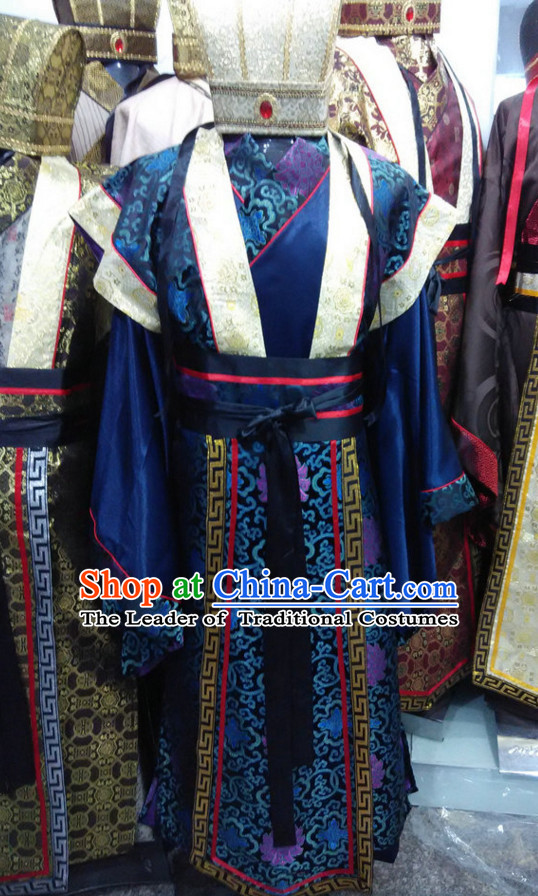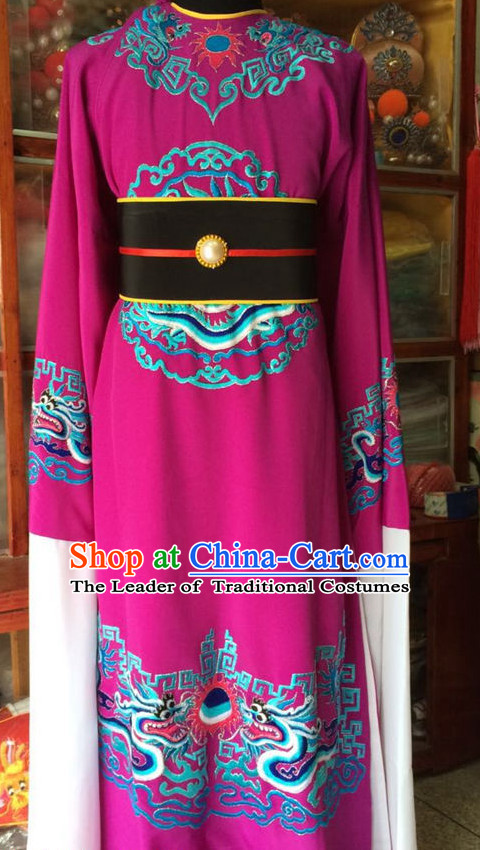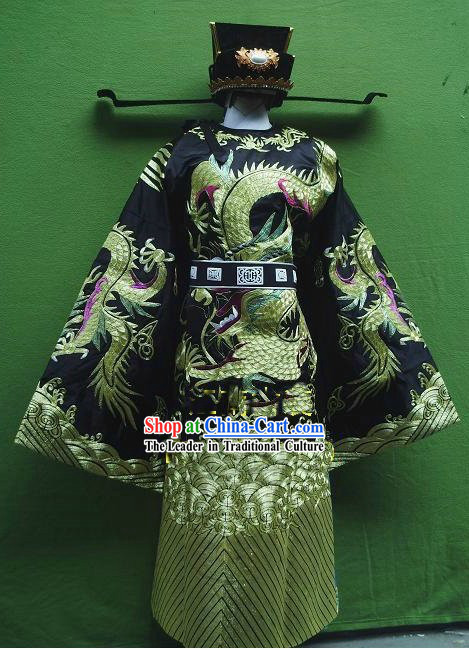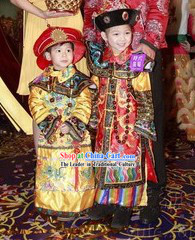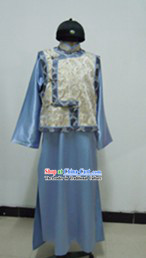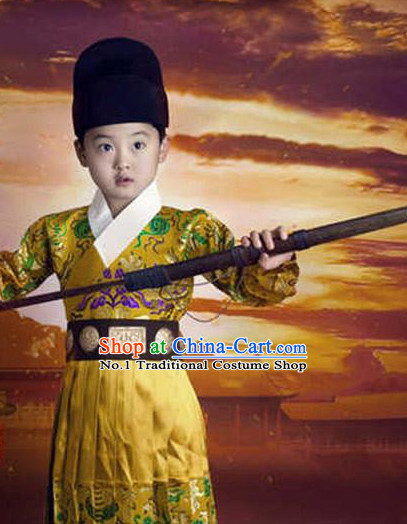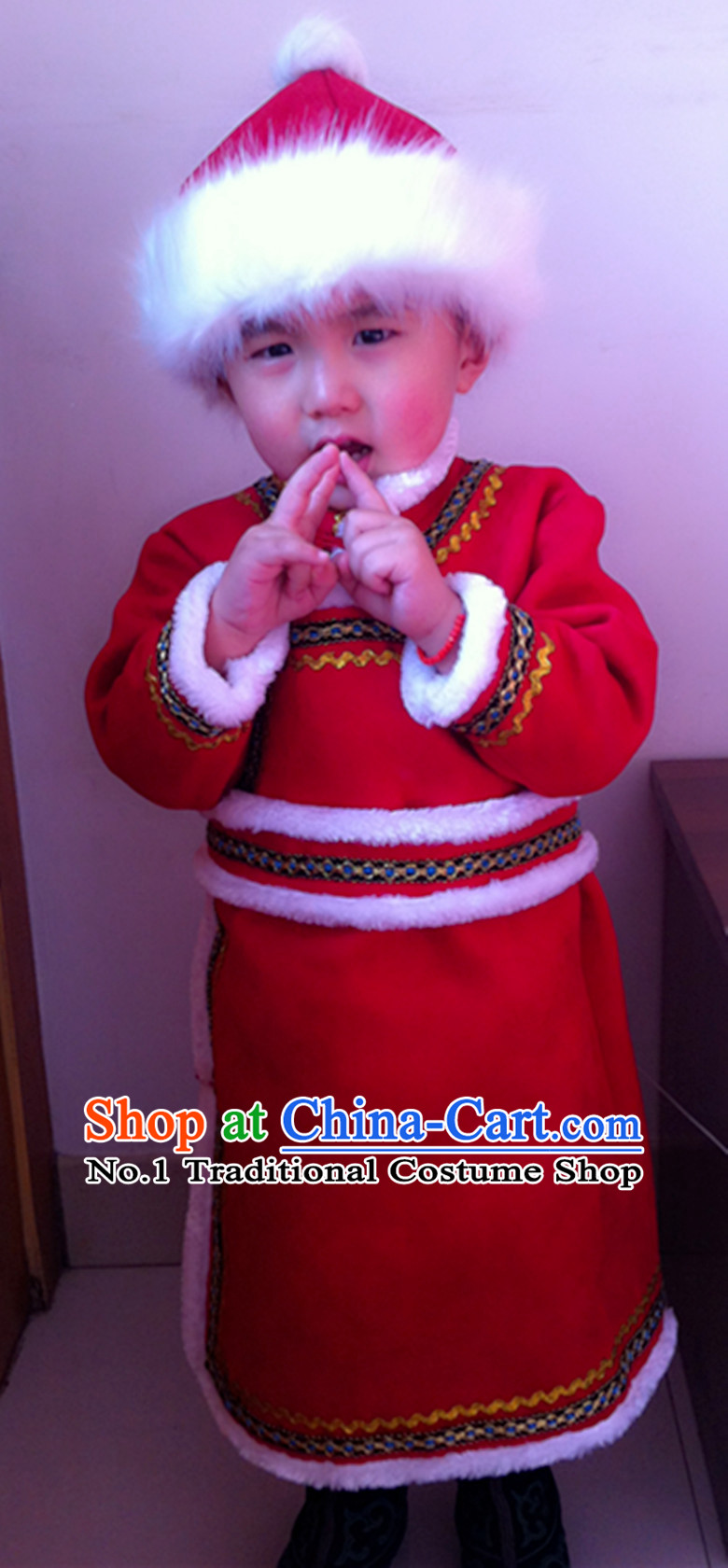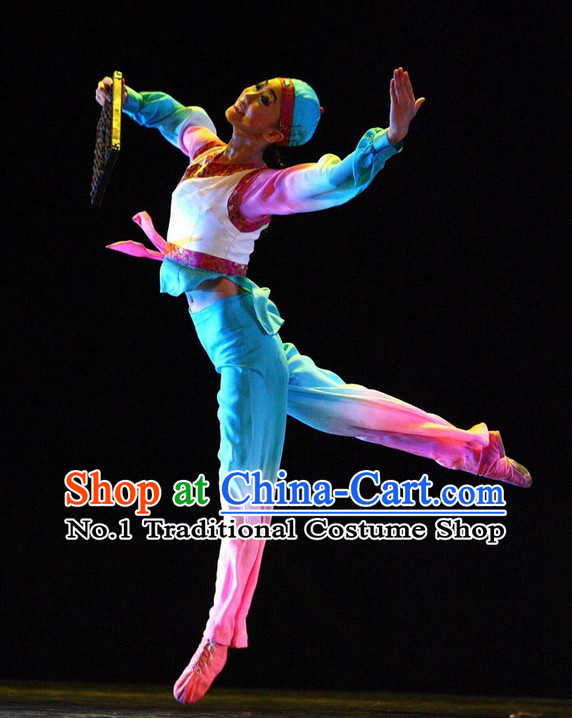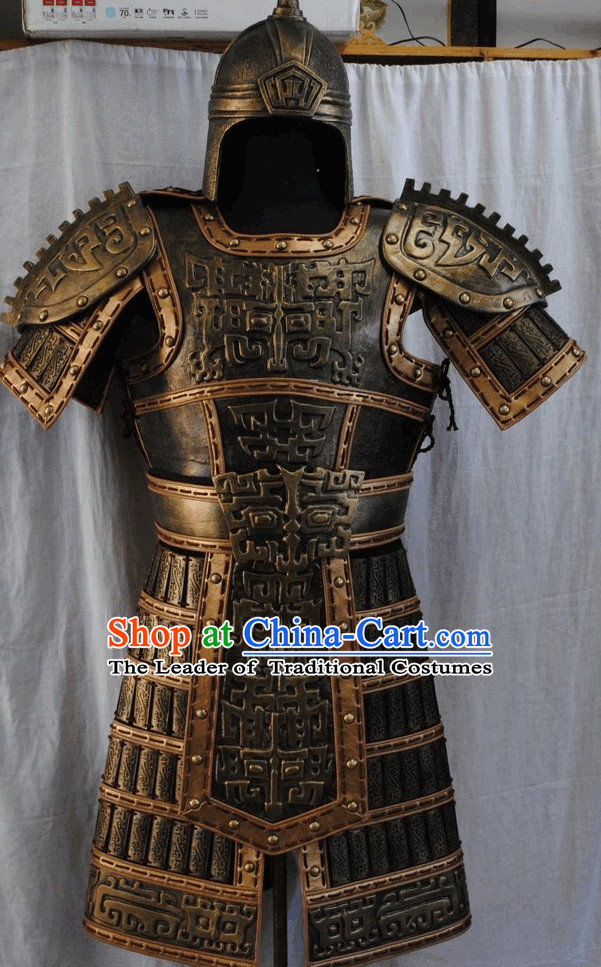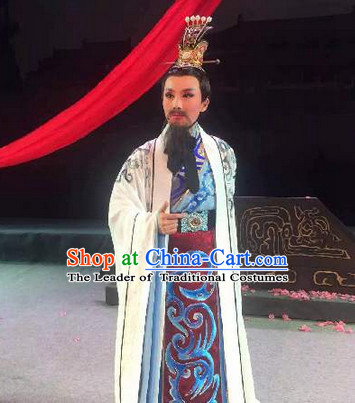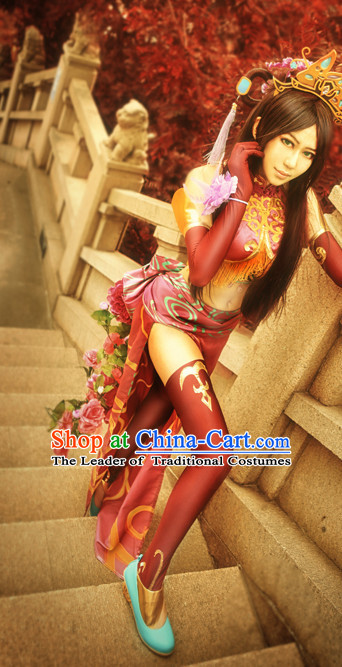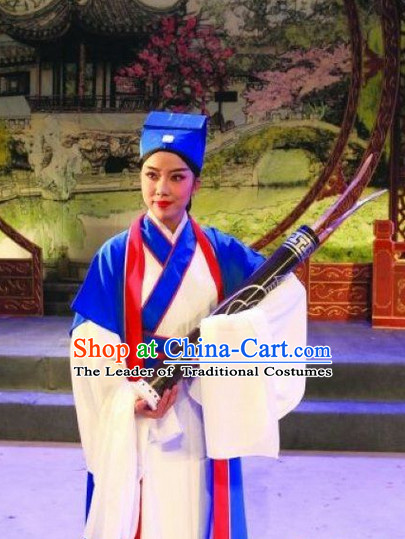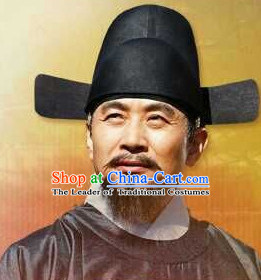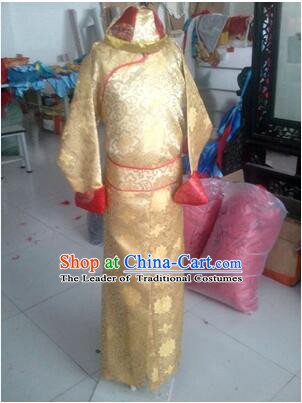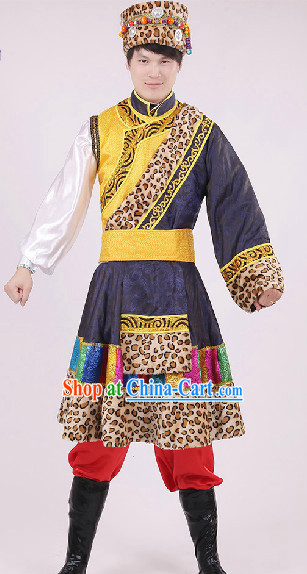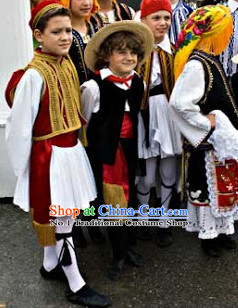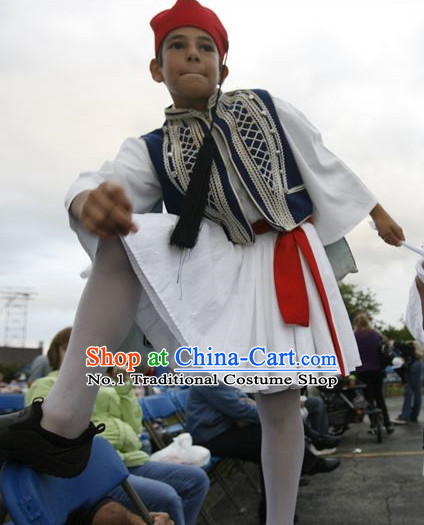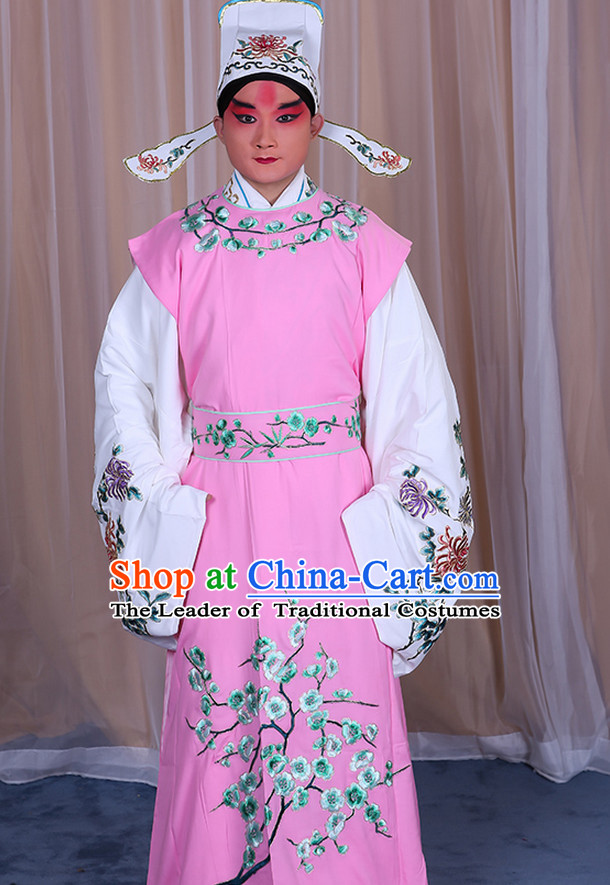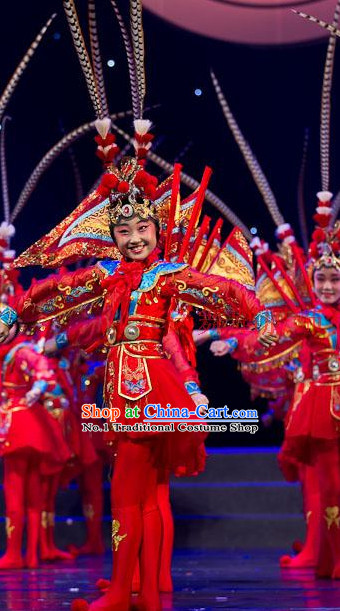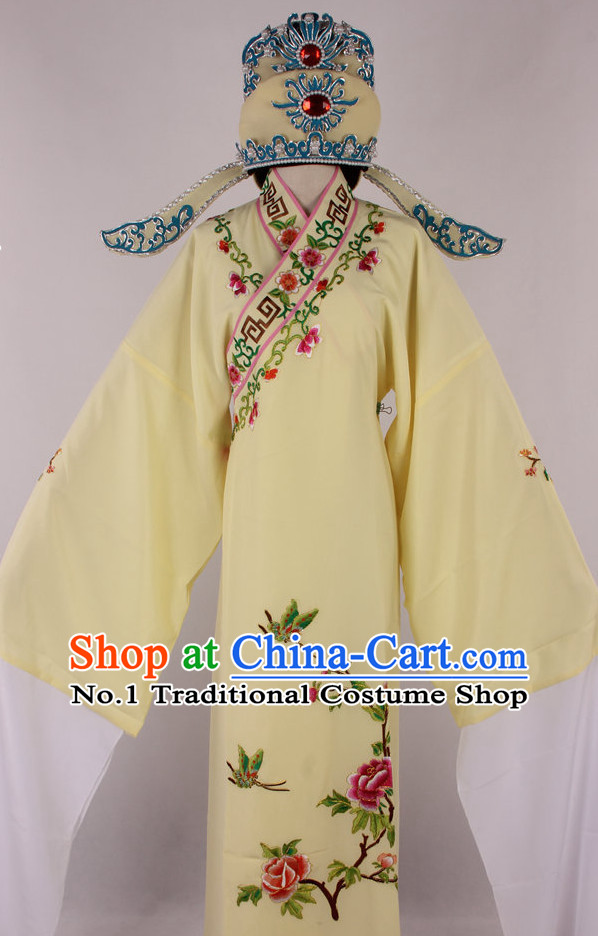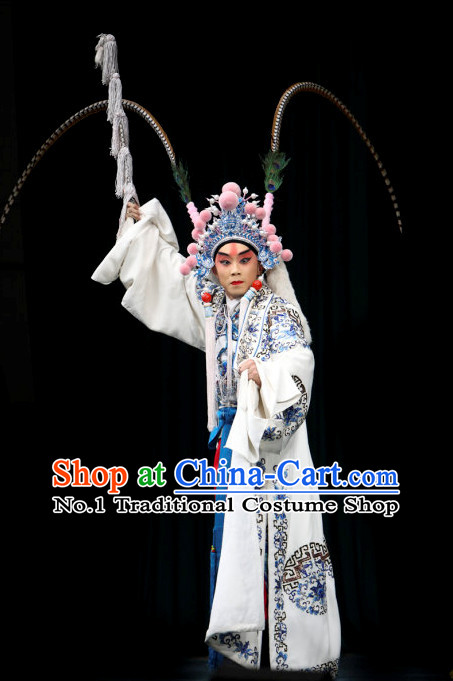
Click Related Pictures for More Audios:
The official costumes and hats of Chinese opera are a precious work of art in the treasure trove of Chinese culture.
They represent the essence of traditional Chinese opera culture, showcasing rich historical significance and spiritual connotations.
The design of these costumes and hats is exquisite, with vibrant colors that exude artistic charm.
The inspiration for the design of these costumes and hats comes from the clothing and headdresses worn by actors in ancient Chinese opera performances.
They are typically made of silk, cotton or wool fabrics, featuring unique patterns and decorations.
These clothing and headdresses are not only visually impressive but also functionally important.
They provide protection for the actors, help them move freely on stage, and enable them to better immerse themselves in their roles.
The history of these costumes and hats can be traced back to several hundred years ago during the development of Chinese opera.
They have witnessed the evolution and development of Chinese opera art, reflecting different aesthetic concepts and social backgrounds over time.
By studying these costumes and hats, we can gain insight into the historical development, social changes, and creative ideas of Chinese opera artists.
In addition to their historical significance, these costumes and hats also possess romantic appeal.
They symbolize beautiful qualities such as love, loyalty, and courage, inspiring people's yearning for a better life.
In modern society, people still enjoy wearing traditional Chinese opera costumes to various events such as weddings, celebrations, or theatrical performances.
This combination of tradition and modernity makes these costumes and hats an eternal art form, attracting people from all over the world.
In conclusion, the official costumes and hats of Chinese opera are a work of art that is rich in historical significance and spiritual connotations.
They showcase the richness and diversity of traditional Chinese opera culture while also possessing romantic appeal.
By appreciating and studying these costumes and hats, we can better understand the development process of Chinese opera art and feel the cultural value and aesthetic charm it embodies.









